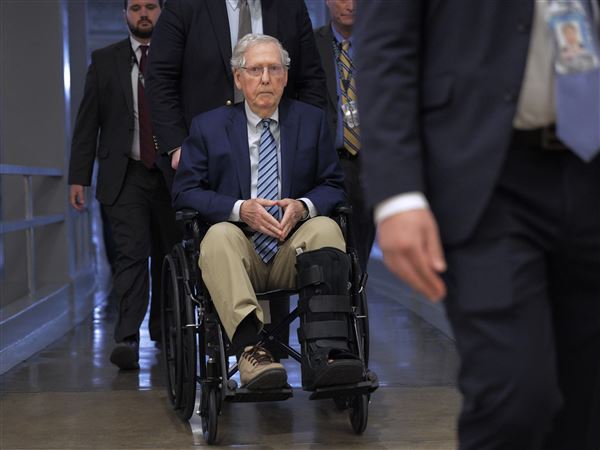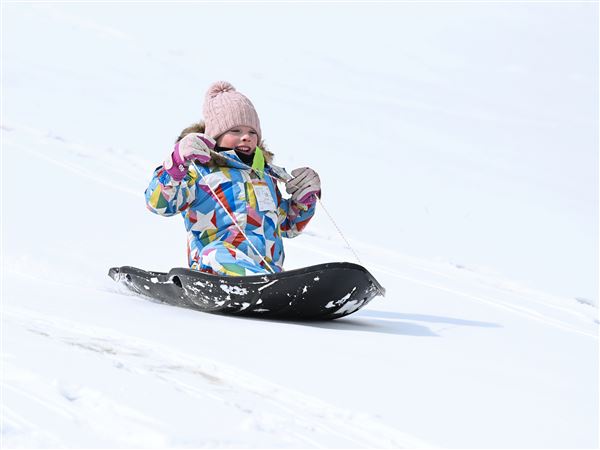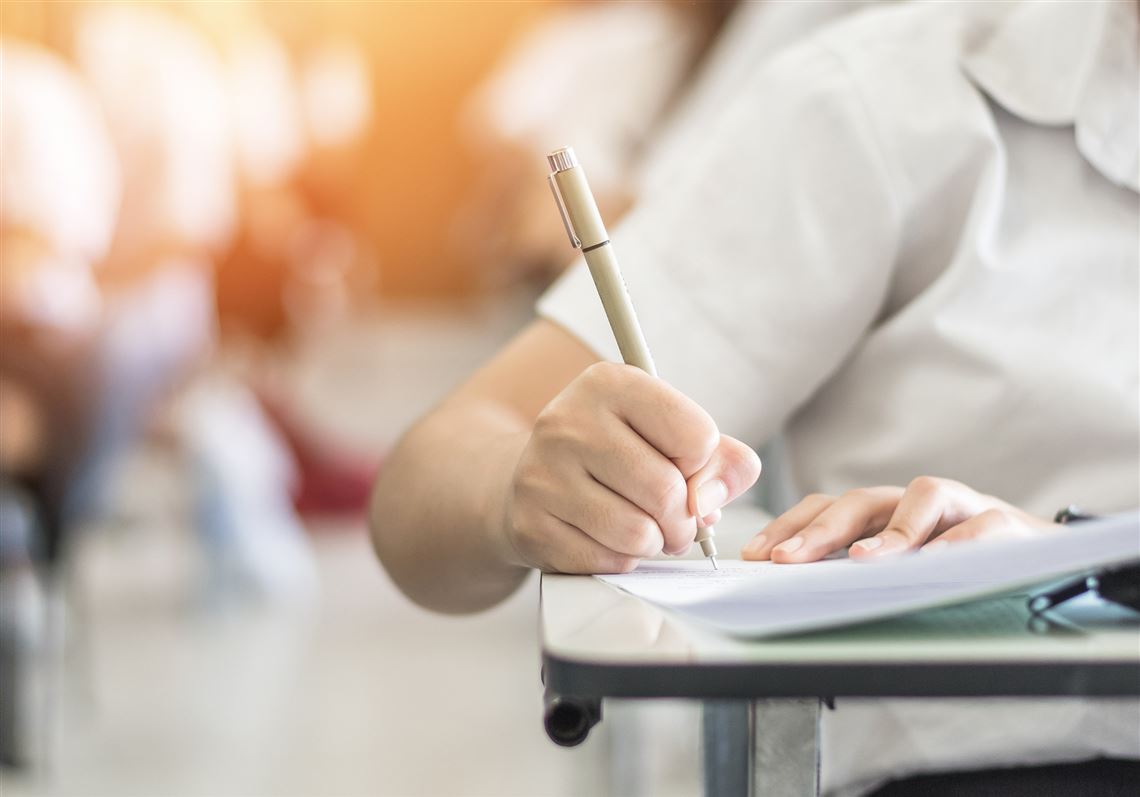Of all the lessons learned during the COVID-19 shutdowns and restrictions, one of the most important was something parents and educators likely agree on: We need schools to reopen in the fall and get students back in the classroom.
The pandemic forced the closing of schools nationwide starting in mid-March as a way to slow the spread of the coronavirus. School districts attempted to quickly turn around educational curriculums that could be taught online, with assistance from parents who were called into duty while at home with their children.
The conversion to online learning for the last 10 weeks or more of the school year placed a strain on all involved — parents, teachers and students. Worse still, student progress stalled significantly during that time period.
Educators have long acknowledged the so-called summer slide in learning, where students regress somewhat during the summer break and relearning is required during the initial days of the new school year. Experts now fear that a “COVID slide” will have students even further behind.
A working paper from nonprofit education organization NWEA and scholars at Brown University and the University of Virginia offers a rather ominous assessment of the setback to education during the pandemic. The authors estimate that students will start the school year at roughly 70% of where they should be in reading levels, and at less than 50% of the expected level in math.
The gaps in learning and actual teacher instruction were particularly notable when comparing rural and urban districts and affluent and low-income districts, according to the Center on Reinventing Public Education, an education think tank.
An analysis based on a sample of 477 districts found that only 27% of rural districts expected teachers to provide online instruction, compared to more than half in urban districts. Affluent districts were twice as likely to require live instruction by teachers as were low-income districts.
The key to reopening schools will be in establishing safety protocols, as much to protect teachers and staff as students. That will require frequent cleaning of classrooms, encouraging hand washing or use of hand sanitizers and establishing procedures if there is a confirmed case of COVID-19.
There is encouraging news from European countries, as well as New Zealand and Australia, all of which have reopened schools and have yet to report any outbreaks of the coronavirus. According to data from the Centers for Disease Control and Prevention, children ages 0-17 account for only 0.5% of all COVID-19 cases in the U.S. The death rate among children with the disease also is extremely low and there have been no reported childhood fatalities in Pennsylvania.
Keeping schools closed will only widen the divide in learning, especially for those in low-income districts, and will exacerbate the problem of students falling further behind on expected progress levels. School districts should be establishing safety measures now so that schools can reopen and students can return to a much-needed learning routine.
First Published: June 26, 2020, 9:20 a.m.

















